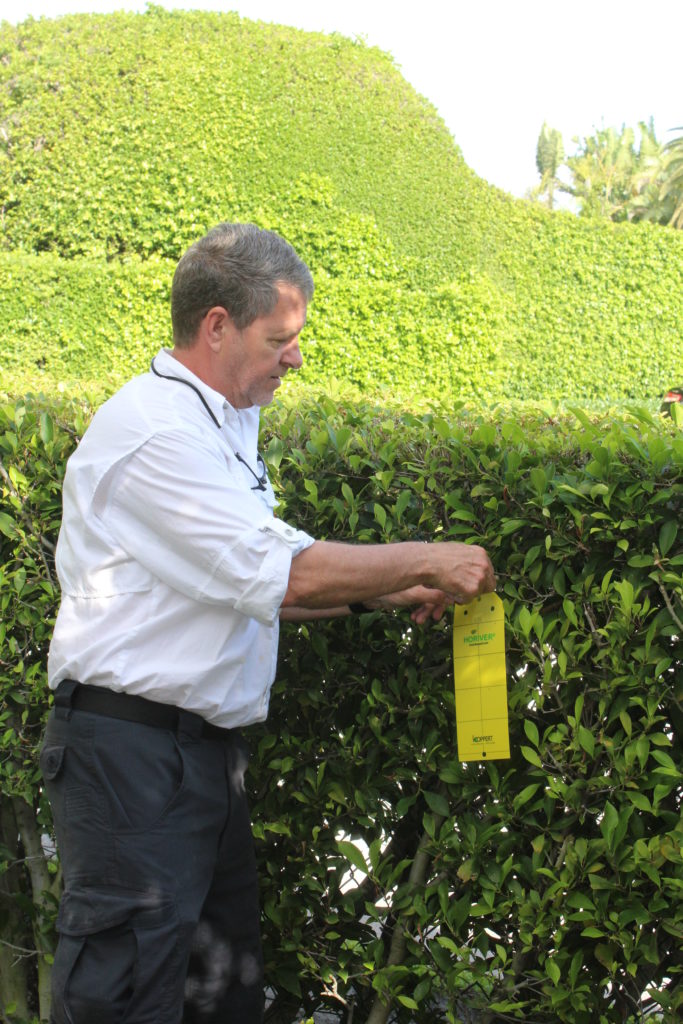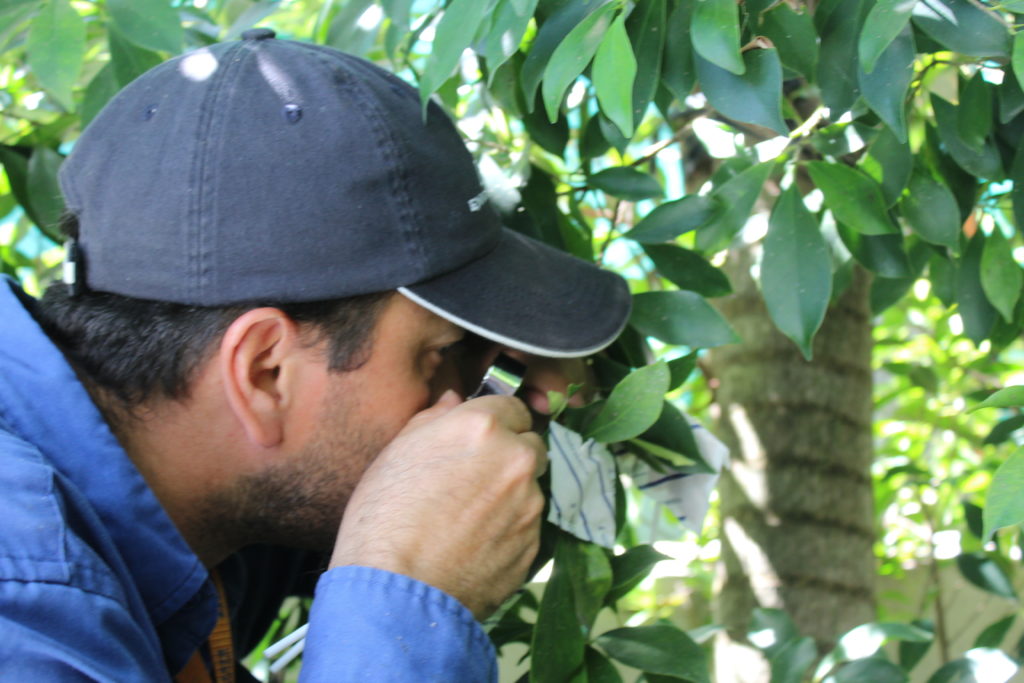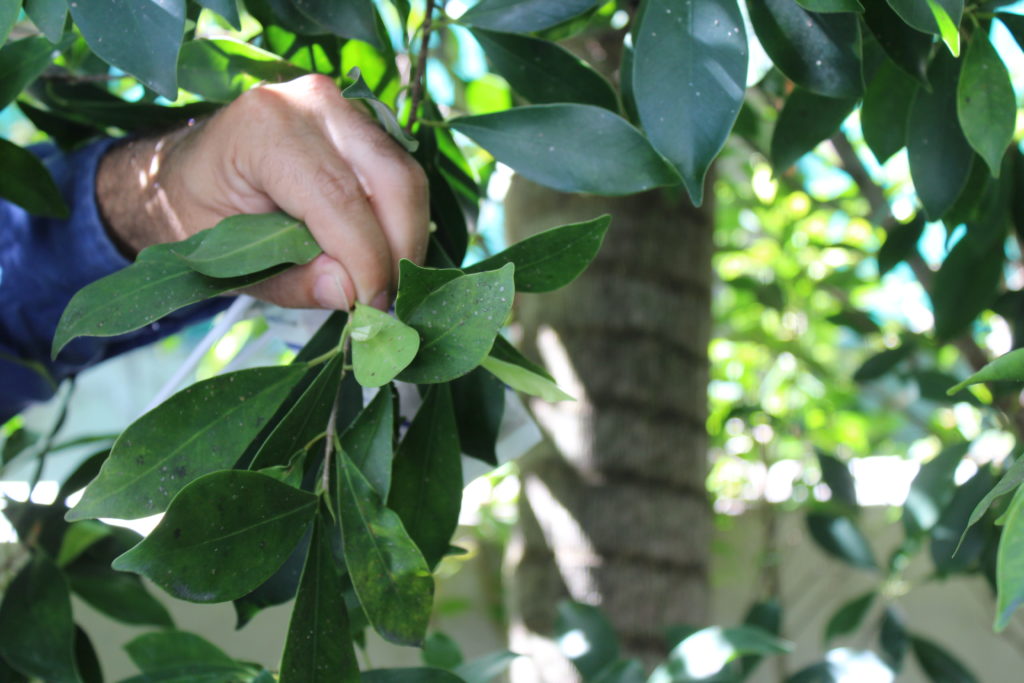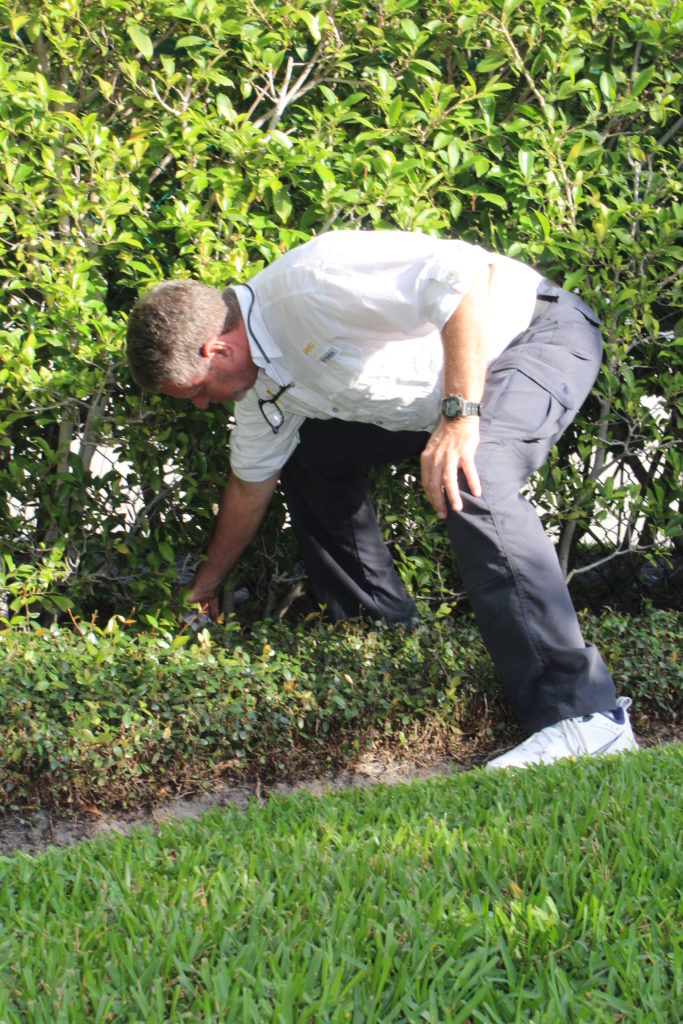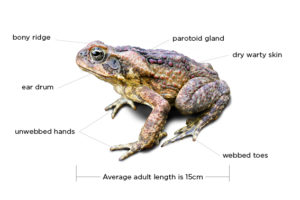Today, April 22, is Earth Day! Many people may think that the pest control industry and any event celebrating the earth and the environment are probably at odds with one another. We’re here to tell you that this is simply not the case.
Island Environmental is committed to environmentally-friendly lawn care and pest control techniques which don’t rely on unnecessary or irresponsible pesticide use. In fact, we offer many green solutions for home owners. And, since it is termite swarm season, let us give you the low down on why the Sentricon® Termite Colony Elimination System with Always Active Technology is such good news to Earth-lovers around the globe.
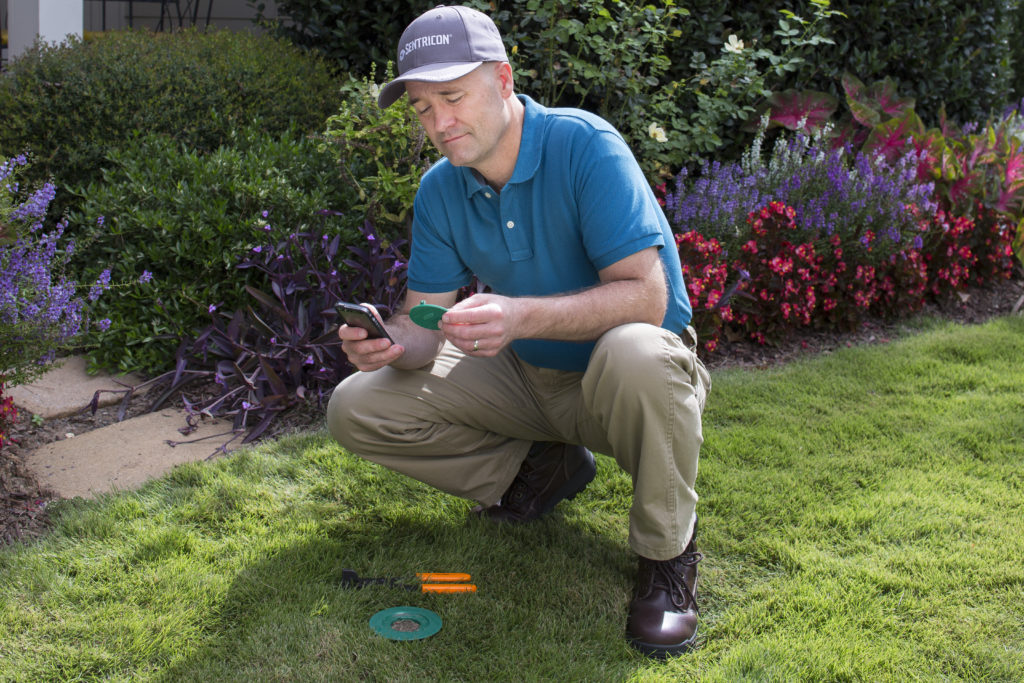
Right now in Florida, subterranean termites are “swarming,” leaving their colonies to form new ones. Now, you can enjoy termite control that works and leave a smaller footprint on the environment.
“The Sentricon System is environmentally responsible because it uses just grams of termite bait to eliminate termite colonies,” says Dave Maurer, portfolio manager for the Sentricon®System. “Every home treated with the Sentricon System instead of a liquid chemical treatment helps reduce the impact of pesticides on the environment.”
By choosing to protect your home from termites with the Sentricon® System, you’re also helping the environment. Sentricon eliminates the entire termite colony — and it can do so with just a few grams of active ingredient. Good news for you. Bad news for termites. Sentricon is limited in the environment and removable:
-
- Over 2.5 billion pounds of dilute liquid termiticide have been displaced by 20+ yrs of Sentricon use
- Recipient of the Presidential Green Chemistry Challenge Award by U.S. EPA.
- First EPA registered product under their Reduced Risk Initiative
- Only grams of active ingredient are needed to control an entire termite colony
- Recruit HD® termite bait has no EPA designated Signal Word
- 65% post-consumer recycled materials are used in our packaging
- Our green plastic stations are made of #2 recyclable plastic
- All Sentricon stations, components, and the Recruit bait matrix are manufactured in the U.S.A.
- Annual service interval for Sentricon Always Active reduces trips and lowers your carbon footprint
- Sentricon has no PPE (personal protective equipment) gear or special clothing requirements
- 10 million gallons of water annually saved by Sentricon use which displaces traditional liquid treatments

Now you can see why we at Island Environmental love the Sentricon System for termite protection. No longer do you need to apply dangerous termiticides around the foundation of your home. The bait used in Sentricon works by preventing termites from molting. If termites can’t molt, they die. Because we don’t molt, the bait is completely safe for your family – including your furry members!
We hope that you join in the Earth Day celebrations this year and help us all protect and celebrate the home we all share: Planet Earth. For more information on our eco-friendly Sentricon® Termite Colony Elimination Systems in West Palm Beach and throughout Palm Beach County, contact us today and one of our friendly services representatives will be happy to assist you.
And from our families to yours: Happy Earth Day!




